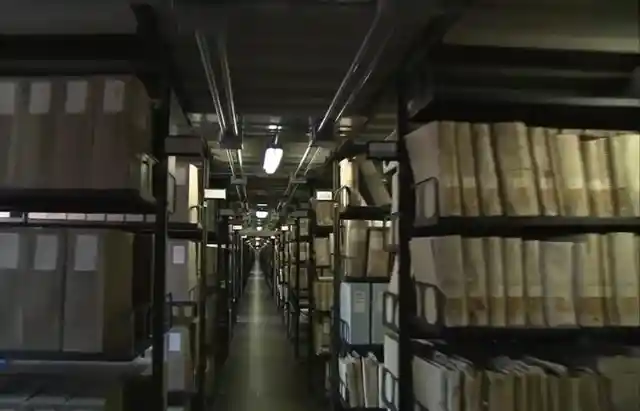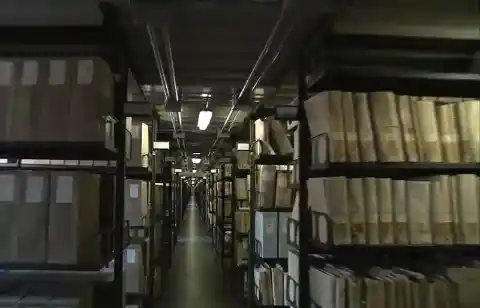We have so much to discover in our magnificent world. Even the most seasoned traveler, however, cannot visit some places because they are simply too unsafe, too protected, or perhaps too unique. Despite the overwhelming attraction of the forbidden, it would be difficult to trick your way into these places, and in many cases, you probably wouldn't want to. Although there are many areas in the world that you can explore, it is interesting to think about the ones you cannot.
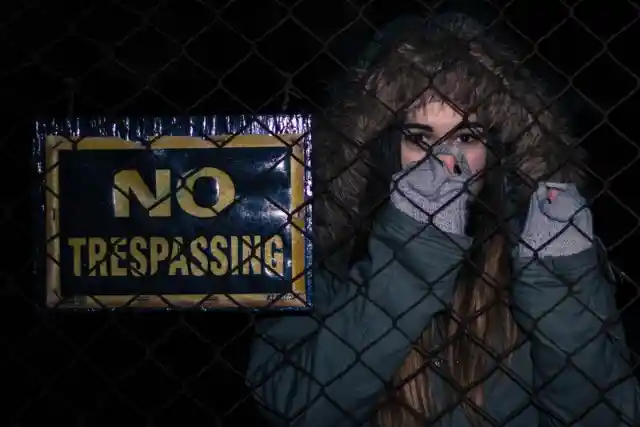

The little you know about these places, the more you want to visit them. This is exactly how you will feel after reading about the top ten most restricted locations on earth. Continue reading if you want to discover impossible-to-understand mysteries that will captivate you.
1. North Sentinel Island, India
One of the forbidden places in the world is North Sentinel Island, which is a part of the Andaman archipelago. It is home to the Sentinelese tribe. To maintain their solitude, the inhabitants of the island frequently resort to violence. According to the safeguards offered by the Indian Government, the Sentinelese tribe has been living on the island for more than 50,000 years. Visitors of any kind are strictly prohibited on this island.
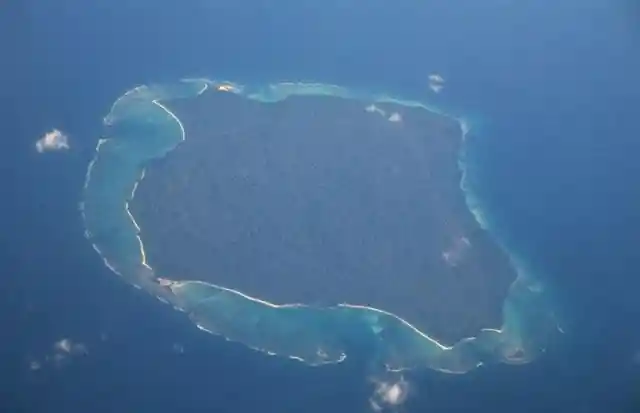

2. Snake Island or Queimada Grande, Brazil
This island, which is roughly 100 kilometers off the coast of So Paulo, could seem like the perfect exotic location to get lost, but it has been fully overrun by deadly snakes for decades, rendering it uninhabitable. The island has a density of one to five snakes per square meter. The snakes that inhabit here are among the most deadly in the world. The venom of the Golden Lancehead viper, which can grow up to half a meter long, is potent and quick-acting, dissolving the flesh around its bites. This is the main reason behind the Brazilian government's outright ban on island visits.
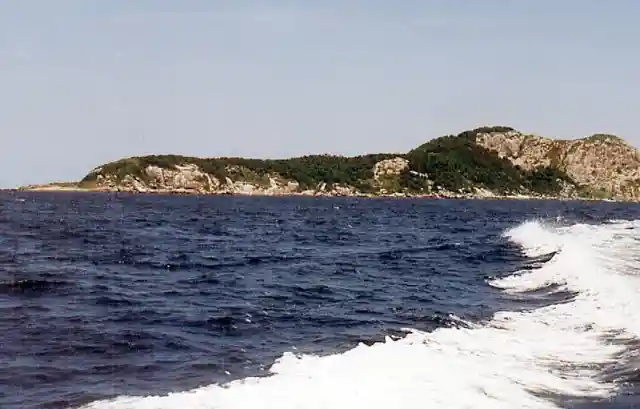
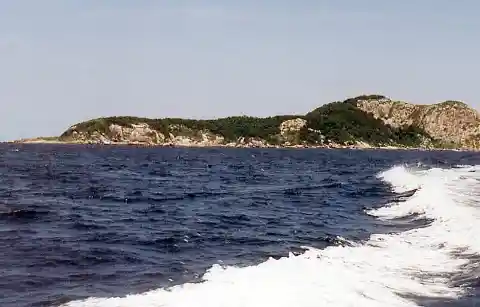
3. Lascaux Caves, France
For archaeologists worldwide, the Lascaux Cave is a treasure trove. 17,300-year-old prehistoric drawings can be found in the cave complex. The wall is covered with a collection of eerily realistic Paleolithic paintings that feature images of cattle, stags, bison, and other creatures. Even UNESCO has recognized the caves as a World Heritage Site. Sadly, since 1963, the cave has been off limits to the general public. According to archaeologists, the old artwork might be destroyed by humans.
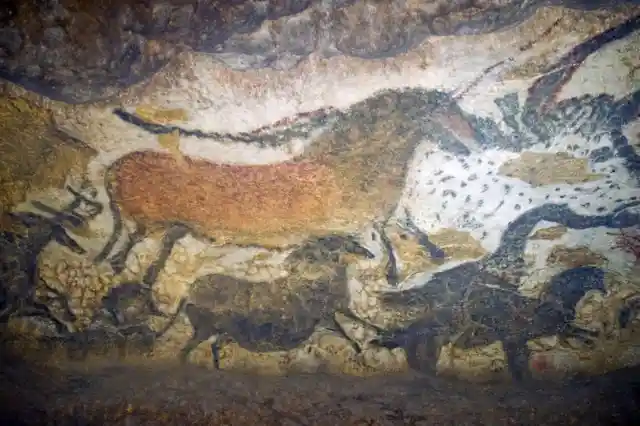
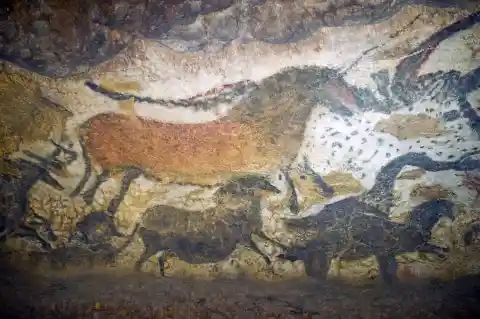
4. Surtsey Island, Iceland
Surtsey is a little island in an archipelago off the coast of Iceland. It was formed as a result of a four-year-long volcanic outburst. The fact that Surtsey is the world's newest island is another reason for its fame. Currently, it only permits a few number of geologists and scientists to enter its grounds. Tourists are not allowed to enter this forbidden location anywhere in the world. This is due to the belief that human intervention will disrupt the biological cycle now taking place on the island.
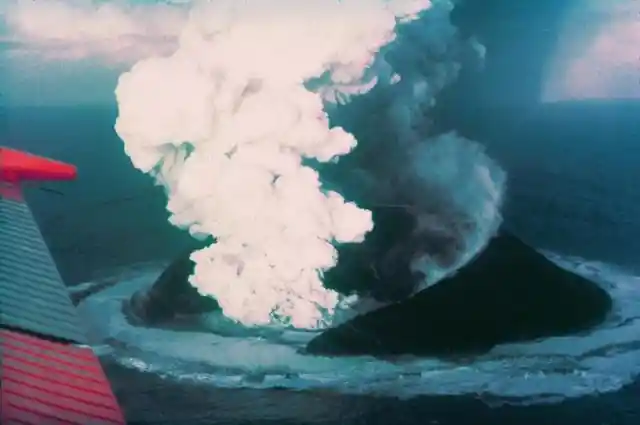
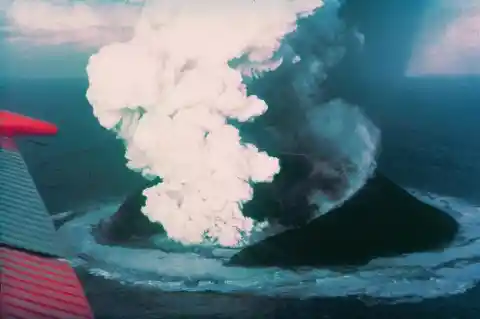
5. Room 39, North Korea
The notoriously mysterious North Korean room. If you can get into North Korea at all, Room 39 is absolutely off-limits due to its involvement in most of the country's corruption. According to reports, North Korea is allegedly creating fake US currency to replace its own, which is practically worthless. But Room 39 contains more than that. In Room 39, a lot of illicit drugs are also kept in storage. It goes without saying that you probably don't want to enter.


6. Ise Grand Shrine, Japan
With almost 80,000 shrines, Japan is well-known throughout the world for its shrine culture. The Ise Grand Shrine is the most significant of all. Because of its magnificent architecture, it is one of the most expensive temples in Japan. This temple is renovated every 20 years in order to uphold the Shinto customs that date back to the eighth century. Additionally, that costs a million dollars. Entering the sacred spaces of this old Japanese representation is prohibited unless you are a member of the royal family.
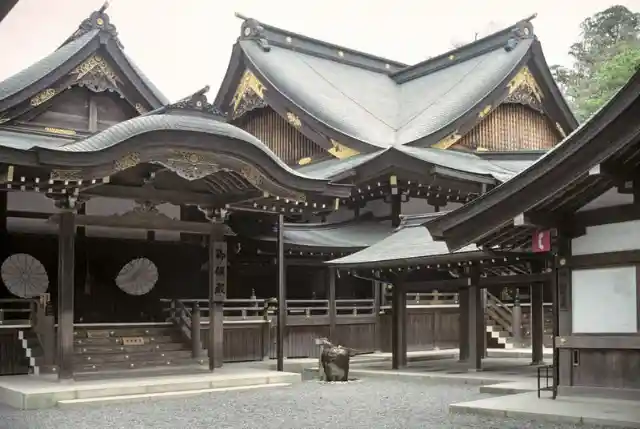
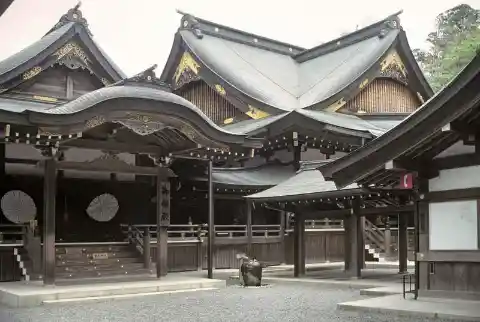
7. The Svalbard Seed Vault, Norway
The vault, sometimes known as the Doomsday Vault, serves as a backup safety measure for plant seeds. The seeds kept here are essentially duplicate samples of seeds kept in gene banks all around the world. In the case of a global catastrophe, the seeds will be protected by the vault. Therefore, it is prohibited to make private visits inside the seed vault for security reasons. The area is among the most restricted on the planet. The vault is visible from the outside, and you may learn more about it by visiting the Svalbard museum.


8. Dulce Base, USA
In New Mexico, close to the Colorado border, is a small town called Dulce. There are 2,600 Native Americans living in this village, which is home to an underground laboratory where incredible experiments are conducted. According to rumors, the Dulce Base is a massive underground complex that contains highly sophisticated technology and human-animal hybrids. This base is one of the most restricted locations in the world and the USA, with extremely high security.
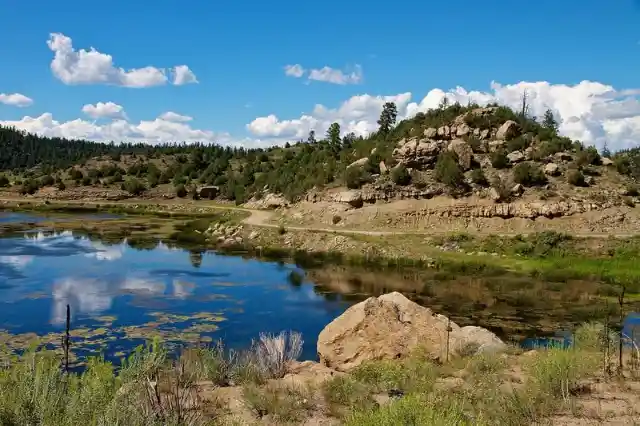
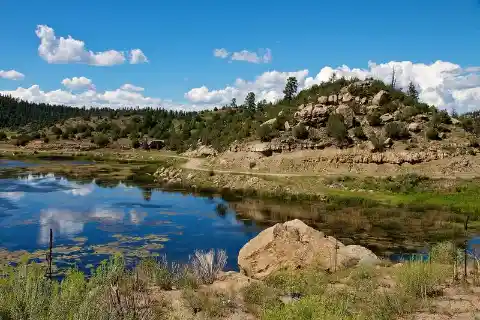
9. Tomb of Qin Shi Huang, China
For more than 2,000 years, the mausoleum of Qin Shi Huang, the first emperor of China, has been kept secret behind a pyramid. Despite being one of the greatest discoveries in Chinese history, the tomb continues to confound historians and archaeologists. The tomb's inside is largely concealed by sealed doors. Many items are thought to have been left at the burial site that Qin Shi Huang will need for himself in the afterlife. The Chinese government decided to forbid any excavation of the Tomb of Qin Shi Huang in order to show respect for the historic location. Thus, it is one of the areas where honoring the late king is most strictly prohibited.
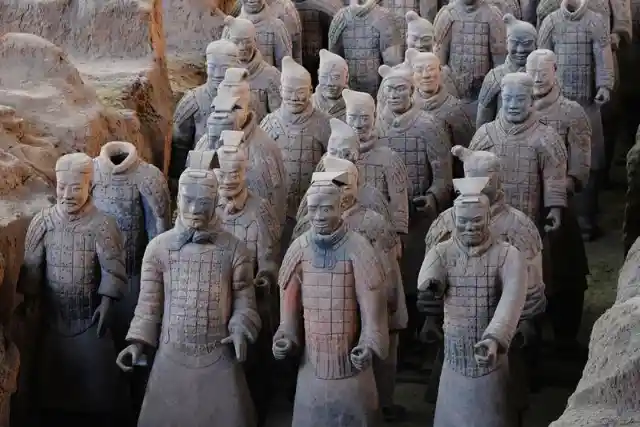
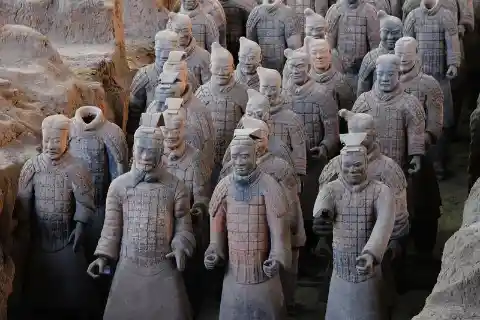
10. Vatican Apostolic Archive, Vatican City
The Vatican Apostolic Archive is one place where religious secrets are some of the world's most well guarded. The Vatican's vaults contain centuries' worth of unsolved mysteries, including accounting records, correspondence, and official documents. There have been theories about what lies beneath, including proof of demons, aliens, and even the Church's claimed role in the rise of fascism in the middle of the 20th century. The vault is now only accessible to the most accomplished academics and teachers, and only after rigorous review. Sadly, those who are interested in a quick glance will never know what is within these legendary pages.
